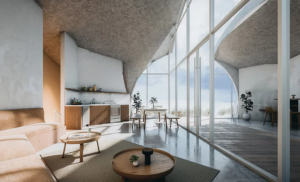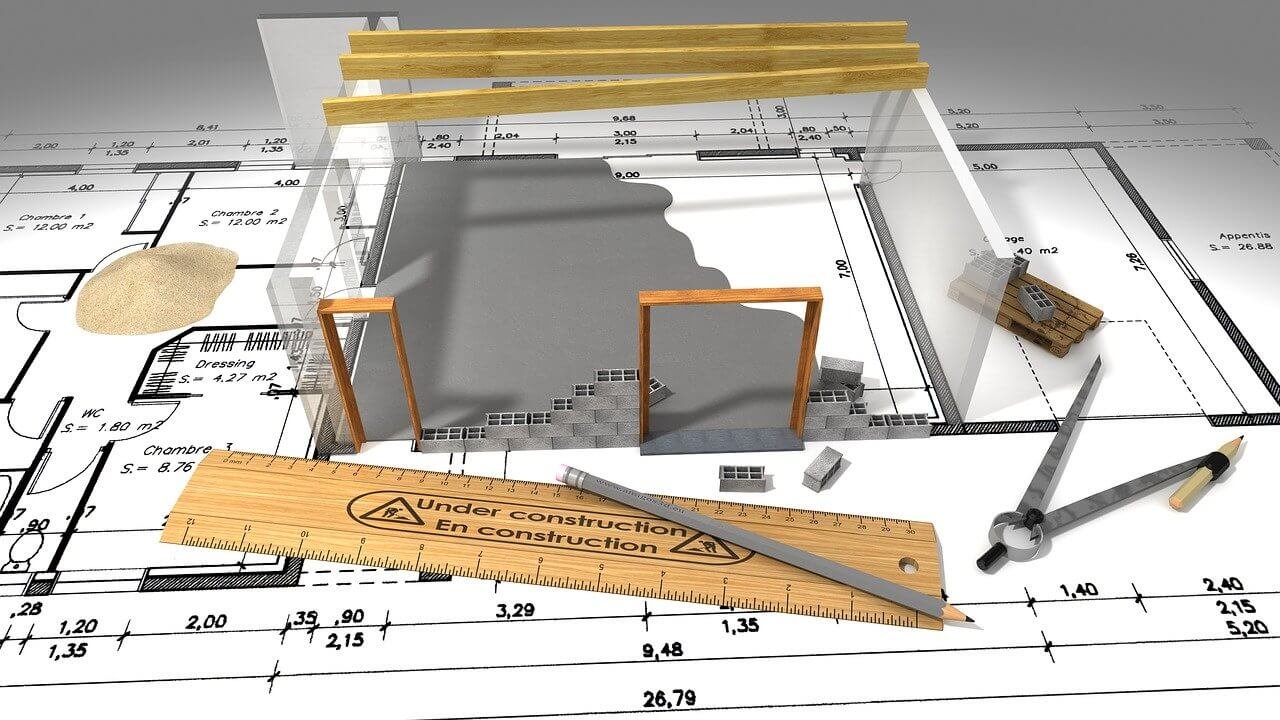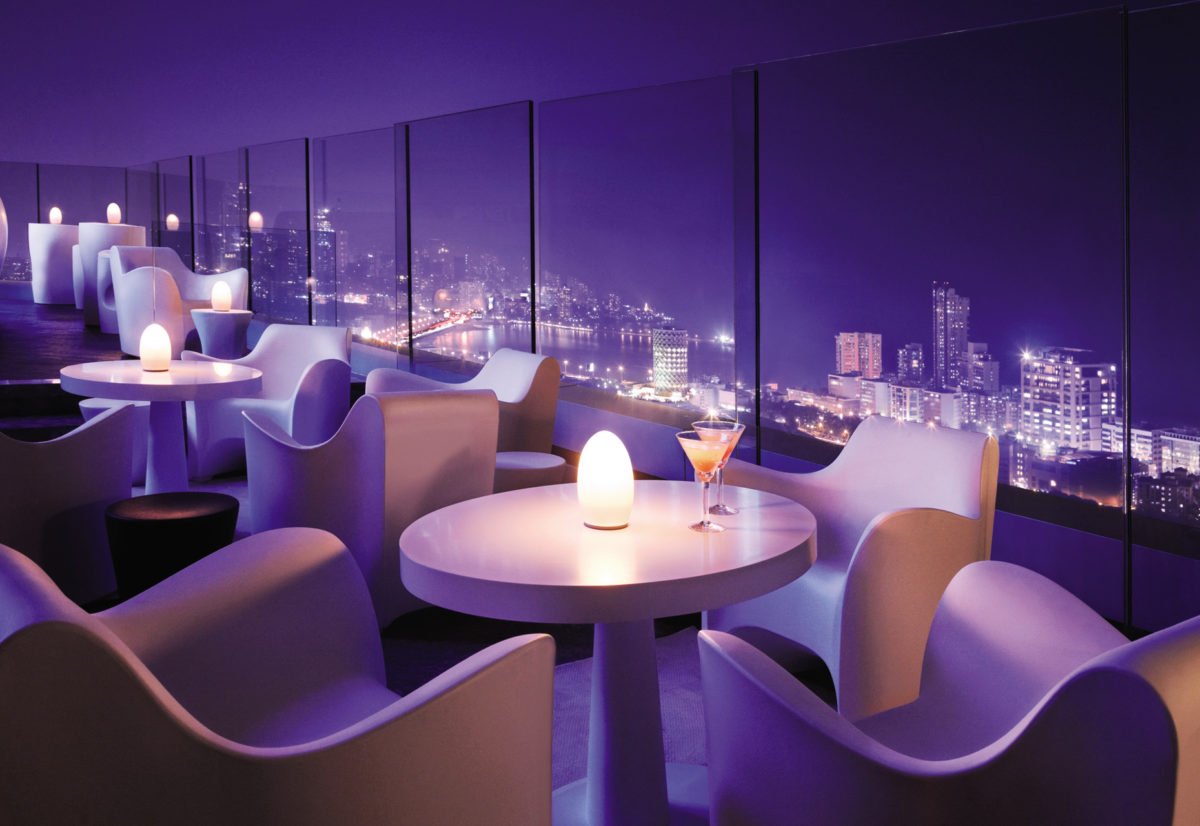Studio Vural, a Boutique architecture firm in Brooklyn, designed an off-grid Dune house in Cape Cod, Massachusetts that envisioned a seaside holiday dwelling that is carved into sand dunes and operates without relying on public utilities. Dune house is designed for a coastal site in Wellfleet, a small hamlet located on a hook-shaped peninsula.
After a time period of studying the local climate, landscape, terrains, and architecture, Vural was approached by a New York City real estate developer seeking to build a personal holiday house on the beach. The self-sufficient dwelling that is carved into sand dunes – ‘subtractive architecture’.

In the plan, the upper level of Dune House is Octagon shaped and consists of two wings that are linked by a central breezeway. The top floor houses public functions like the kitchen and dining area. The stairs lead to a lower level that is rectangular in plan having a series of bedrooms and a den and wedge-shaped windows are designed to bring in daylight and offer views of the ocean.
Features of the Dune House:
- The Dune house is designed to be anchored to the site with deep piles.
- The walls are made of fly-ash concrete and large stretched of triple-insulated glass set within metal frames. The windows are also designed to sustain storms and floods.
- The Deck is made up of porcelain planks, resembling wood.
- The Dune House is blanketed with native plants that help in ‘sponge up’ carbon emissions.
- Solar panels and mini wind turbines are intended to generate electricity for the house. The extra power is stored in the ‘the latest oxidized-zinc batteries designed to be replaced as the technology advances.
- Rainwater collection and storage system supplies fresh drinking water. The sinks and showers use filtered groundwater, of which there is an abundance in the area.
- The anchoring sand piles contain conductive fluid piping, that conveys the coolness in the summer and warmth in the winter.

The dune house is a next generation of hyper-sustainable houses that ‘must be aggressively pursued to turn the tables on climate change.’
‘The very pursuit of technology that brought us here will also be the savior; tech-driven agriculture, soil engineering, carbon absorptive building materials, smart remote devices are finally cleaning & connecting us back to nature, where we belong.’ – Studio Vural
To know more about Architecture Technology, Stay Tuned.



